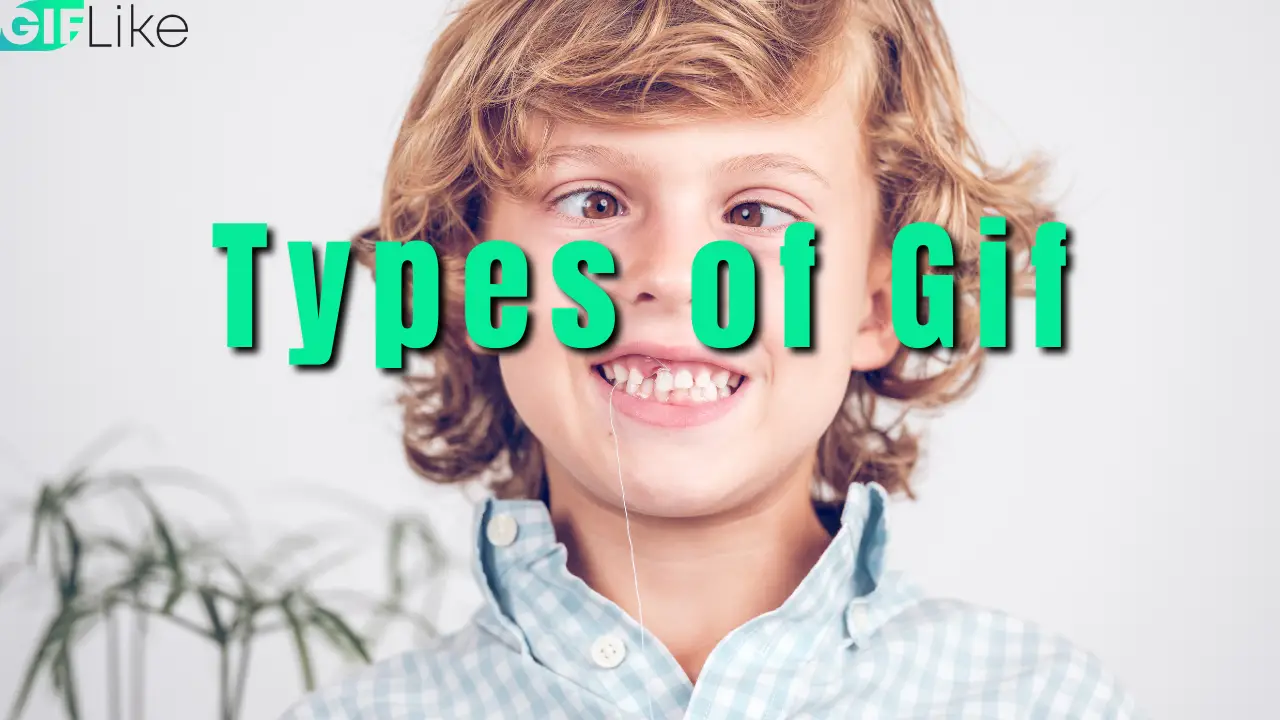I love this tool for creating amazing gifs on the fly. Check it out here
When it comes to animation, nothing is as popular as the GIF. In a world where almost everything is moving faster than ever before, animated images are a great way to quickly express an idea — especially if that idea is absurd humor.
The problem with many of these types of files is they’re often quite large and can take up a lot of space if you’re working on a computer or phone with limited storage. If you’re using GIFs in your own after-effects project, however, you might notice that their size can be quite large.
This is due to the file type utilizing lossless compression rather than standard video codecs. Fortunately, there are some ways to reduce the size without sacrificing quality.

How to Reduce Gif Size in After Effects?
This may seem obvious, but the first thing you should do before compressing an animated GIF is to make sure you’ve optimized your video first.
This means making sure you’re using an image format that’s suitable for GIFs, like a PNG-8 or PNG-32 image sequence for example. If you’re using a sequence, you’ll want to make sure the frame rate is set to 24 frames per second.
If you’re using a PNG-8 or PNG-32 file with a transparency layer, you can compare the file size before and after to see if the compression has made it smaller.
Click ‘Reduce the file size of this GIF,’
Give it a setting, and click ‘Optimize Now. ‘
It tells you how much it reduced the file size, and lets you download the new GIF.
Optimize Your Video First
Once you’ve made sure your video is as small as possible, you can then move on to compressing your GIF.
In most cases, the best choice when compressing a GIF is to use a lossless codec such as PNG or JPEG. When compressing your file, make sure that you select the “Don’t Resize” option in order to keep the file the same dimensions.
You can then select the “Don’t apply lossy compression” to ensure your quality is high.
Use a Lossless Codec
As mentioned above, lossless compression is the best choice when compressing a GIF.
If you’re using a JPEG compressed file, however, you may notice that it’s larger than your original PNG file. This is because the JPEG format uses lossy compression.
JPG is a lossy format, which means that it discards information from the original file in an attempt to reduce its size. This creates a very small file size, but at the expense of quality because the image has lost some of the information it originally contained.
Compress with A Lossy Codec
In some cases, you may find that you will get better results with a lossy format like MPEG-4 or H.264.
These can reduce file sizes while maintaining quality, making them a great choice when compressing a GIF. This may not be the best choice, however, depending on the type of animation you’re using.
If there’s a lot of movement in the GIF, you may notice a decrease in quality. This is because the lossy format is not as good at keeping details as the lossless format. As a result, the image may look softer after compressing.
Try a Different Type of Compression
If you’re still having trouble reducing the size of your GIF, you may want to try a different type of compression altogether.
This is especially true if you know you’re working with a high-resolution image sequence. For example, you might find that a combination of lossless compression and smaller frame size will help you reduce the size of your GIF.
Conclusion
The GIF file format is often used for short, looping animations online, but unfortunately, they are often very large, which can quickly cause issues for people who are using low-capacity devices.
Fortunately, there are several ways to reduce the size of a GIF, including optimizing the image sequence before you compress it, using a lossless codec, compressing with a lossy codec, and trying a different type of compression altogether.







